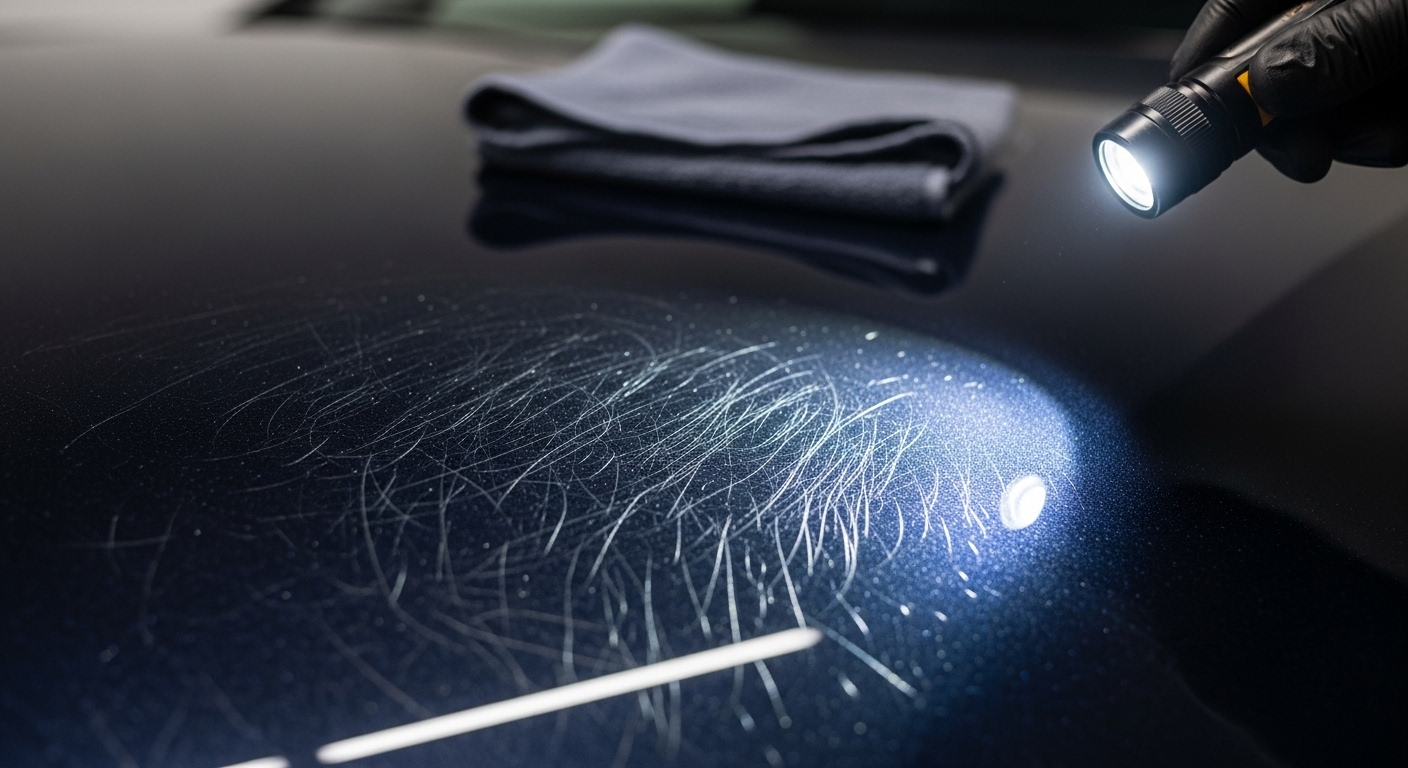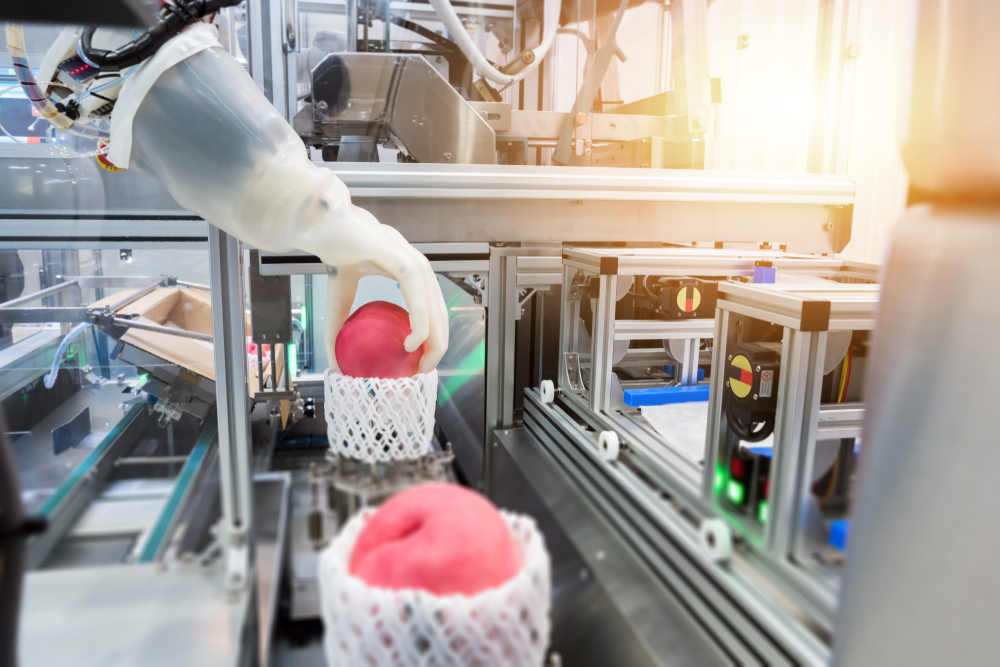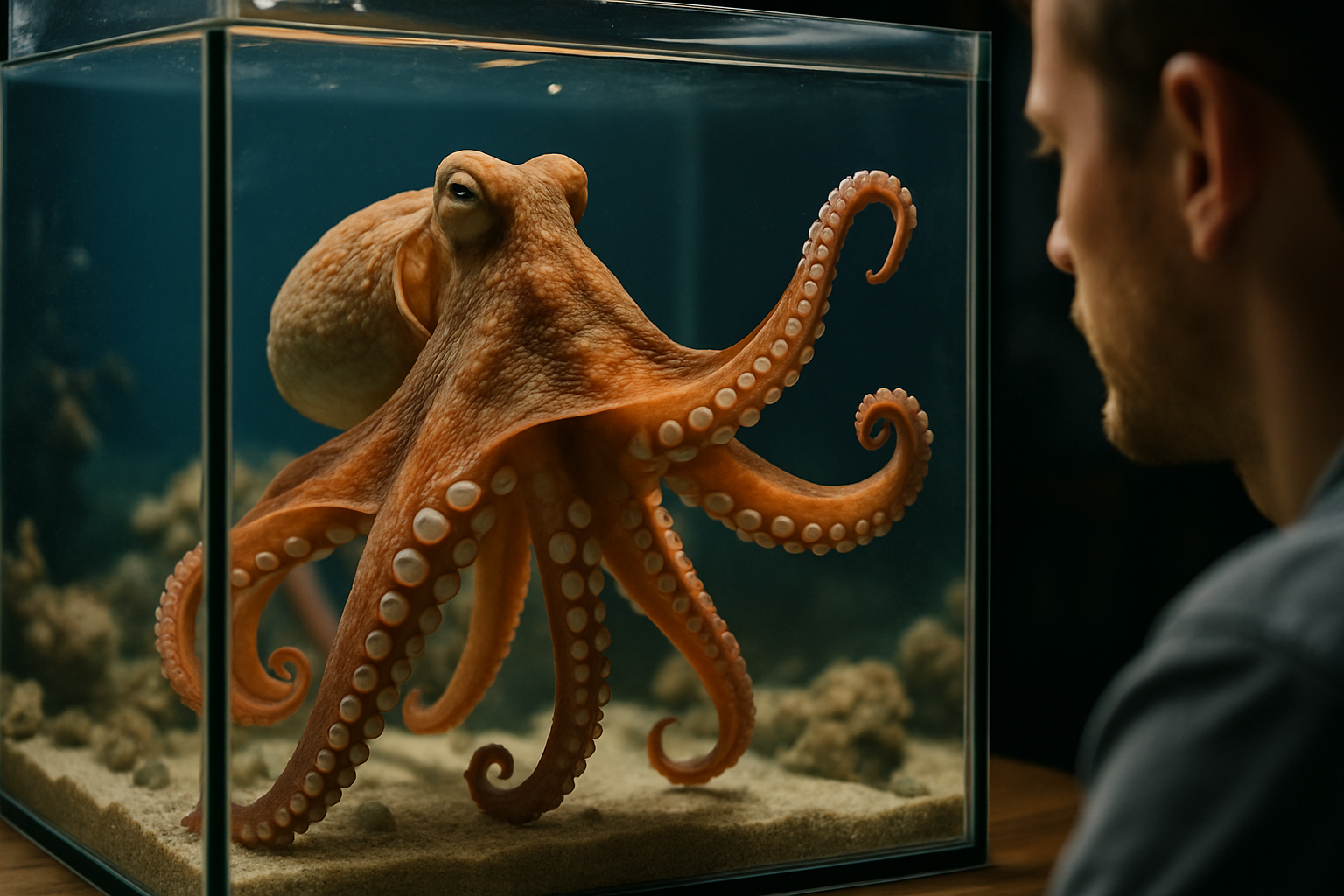Unraveling the Mystery of Car Paint Swirls
The gleaming surface of a freshly washed car is a sight to behold, but for many automotive enthusiasts, the joy is often short-lived. Upon closer inspection, a network of fine, circular scratches becomes visible, marring the once-pristine finish. These enigmatic blemishes, known as paint swirls, have long been the bane of car lovers worldwide. What causes these perplexing imperfections, and how can they be prevented or remedied?

The Science of Automotive Paint
To understand paint swirls, we must first delve into the composition of modern automotive paint. Today’s vehicles typically feature a multi-layer paint system consisting of a primer, basecoat, and clear coat. The clear coat, the outermost layer, is designed to protect the color beneath while providing a glossy finish. However, this thin layer is also susceptible to microscopic damage, which manifests as the swirls we see.
The clear coat is composed of polymer resins that create a hard, transparent surface. When light hits this surface, it normally reflects evenly, creating the illusion of depth and shine. Paint swirls disrupt this even reflection, scattering light in various directions and becoming visible to the naked eye, especially under direct sunlight or artificial lighting.
Common Culprits Behind the Swirls
Contrary to popular belief, paint swirls are not an inevitable consequence of regular car use. Instead, they are often the result of improper washing and drying techniques. Using abrasive materials, such as dirty sponges or rough towels, can introduce tiny scratches into the clear coat. Even automated car washes, with their spinning brushes and high-pressure water jets, can contribute to swirl formation.
Another significant factor is the presence of contaminants on the paint surface. Dust, pollen, and industrial fallout can act as abrasives when moved across the paint during washing or wiping. This creates a sandpaper-like effect, etching minute scratches into the clear coat. Additionally, the use of circular motions while washing or drying can exacerbate the problem, creating the characteristic swirl pattern.
Prevention Strategies for a Swirl-Free Finish
Maintaining a swirl-free finish requires a combination of proper techniques and high-quality products. The two-bucket wash method has gained popularity among detailing enthusiasts as an effective way to minimize swirl formation. This technique involves using separate buckets for clean soapy water and rinse water, ensuring that contaminants are not reintroduced to the paint surface during washing.
Microfiber towels have revolutionized the drying process, offering a safe and effective alternative to traditional chamois or terry cloth towels. These ultra-soft towels feature thousands of tiny fibers that trap dirt particles, preventing them from scratching the paint. When combined with a pH-neutral car shampoo and proper washing technique, microfiber towels can significantly reduce the risk of swirl formation.
Advanced Detailing Techniques
For those seeking the ultimate in paint protection, ceramic coatings have emerged as a game-changing technology. These liquid polymer solutions bond with the vehicle’s paint at a molecular level, creating an ultra-thin, glass-like layer that is significantly more resistant to swirls and scratches than traditional clear coats. While more expensive than conventional waxes or sealants, ceramic coatings can provide years of protection with proper maintenance.
Another innovative approach is the use of paint correction techniques. This process involves carefully removing a microscopic layer of clear coat to eliminate existing swirls and scratches. Using specialized polishing compounds and machines, skilled detailers can restore the paint to a mirror-like finish. However, this technique requires expertise and should only be attempted by trained professionals to avoid further damage to the paint.
The Future of Automotive Finishes
As automotive technology continues to advance, so too does the science of paint protection. Researchers are exploring self-healing clear coats that can repair minor scratches and swirls automatically. These coatings utilize advanced polymers that reform their molecular structure when exposed to heat, effectively erasing light damage.
Additionally, nanotechnology is playing an increasingly important role in paint protection. Nano-ceramic coatings offer even greater durability and resistance to swirls than traditional ceramic coatings, with some manufacturers claiming protection lasting up to a decade. These advancements promise a future where maintaining a flawless automotive finish becomes easier and more accessible to the average car owner.
In conclusion, paint swirls may seem like an inevitable part of car ownership, but with proper knowledge and care, they can be prevented and remedied. By understanding the science behind these imperfections and adopting advanced detailing techniques, car enthusiasts can maintain a showroom-quality finish that turns heads and preserves their vehicle’s value for years to come. As technology continues to evolve, the dream of a permanently swirl-free finish may soon become a reality for all car lovers.





